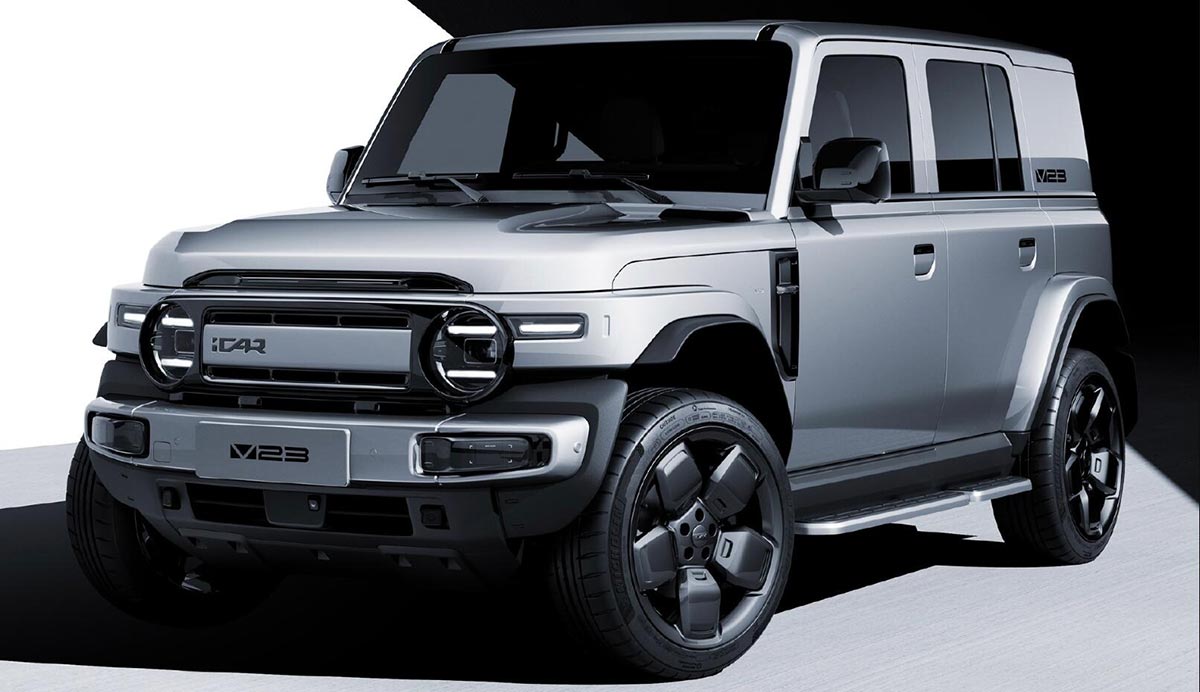Xiaomi’s SU7 sedan experienced a successful launch in China, yet the company is already focusing on its next model, reportedly an SUV, according to sources. While SUVs have dominated the automotive market, the rapid release schedule projected for this new SUV by the end of the year is notable, mirroring Xiaomi’s agility in its smartphone business. However, given the quick turnaround, skepticism is warranted, particularly for a company fresh in the automotive industry.
The urgency to develop an SUV aligns with market demand, as many Chinese competitors prioritized SUVs as their inaugural models, including Nio, Li Auto, and XPeng. These competitors maintain a substantial SUV lineup, signaling a strong consumer preference for this vehicle category. Xiaomi’s decision to debut with a sedan might have aimed to surprise the market, deviating from the norm, yet branching into SUVs seems inevitable given market trends.

While Xiaomi’s sedan launch diverged from industry expectations, venturing into SUVs aligns with competitors’ and consumer preferences. The move suggests Xiaomi’s strategic adaptation to the automotive landscape, recognizing the significance of SUVs in their competitors’ portfolios. This shift indicates Xiaomi’s willingness to embrace market realities, potentially accelerating its establishment in the automotive sector.
The competitive landscape in China’s automotive industry underscores the importance of offering SUVs, with established players like Nio and XPeng heavily emphasizing this vehicle type. Xiaomi’s foray into SUVs signifies its recognition of market dynamics and the need to align its product offerings accordingly. By diversifying its portfolio to include SUVs, Xiaomi aims to bolster its competitive position and appeal to a broader consumer base.
Xiaomi’s swift transition to developing an SUV following the success of its sedan underscores its adaptability and responsiveness to market demands. Despite initial deviation from the norm with its sedan launch, Xiaomi’s pivot to SUVs reflects a strategic alignment with consumer preferences and industry trends, positioning the company for continued success in China’s competitive automotive market.

